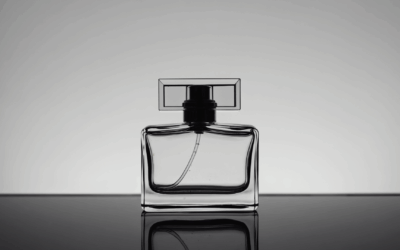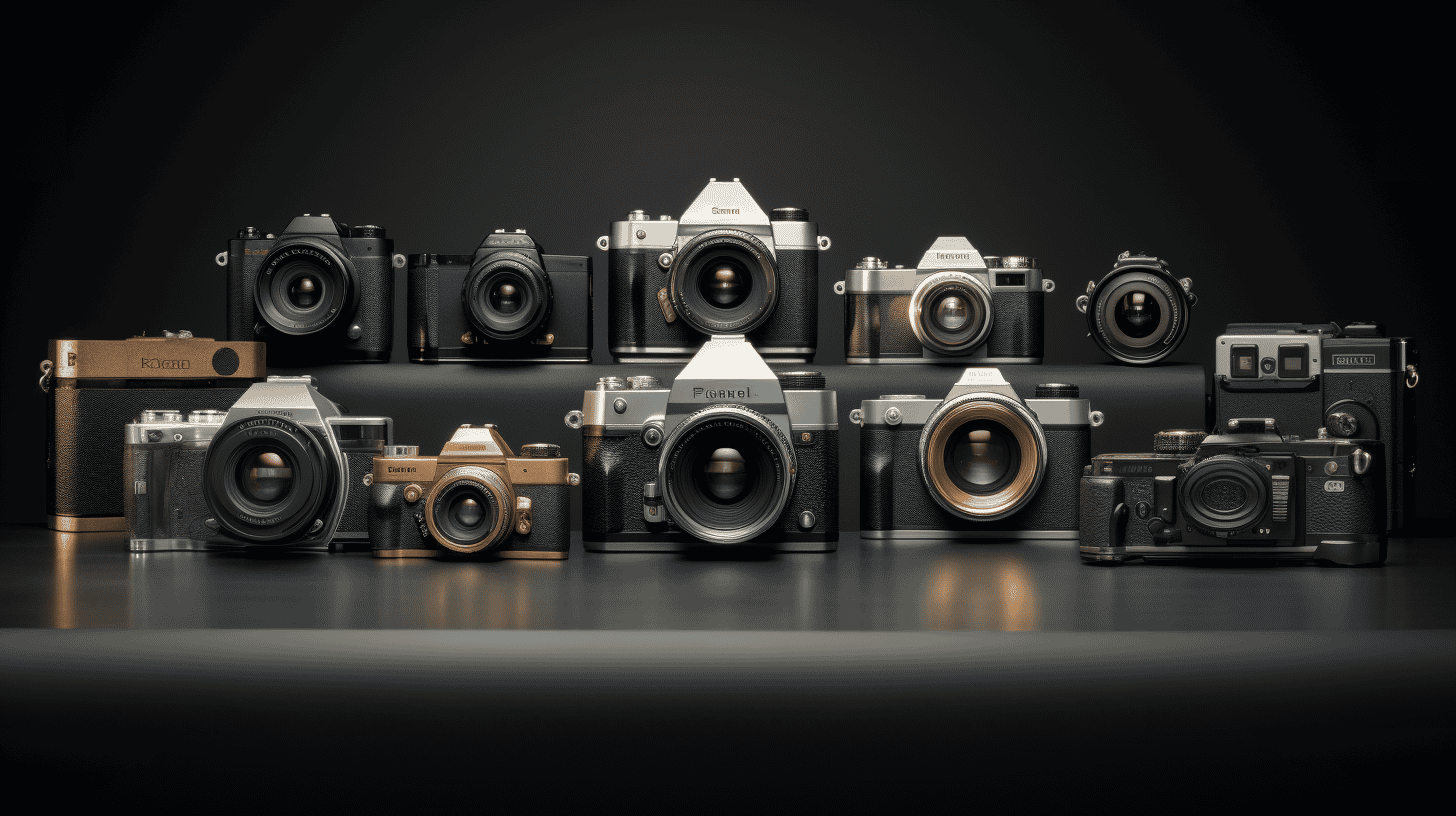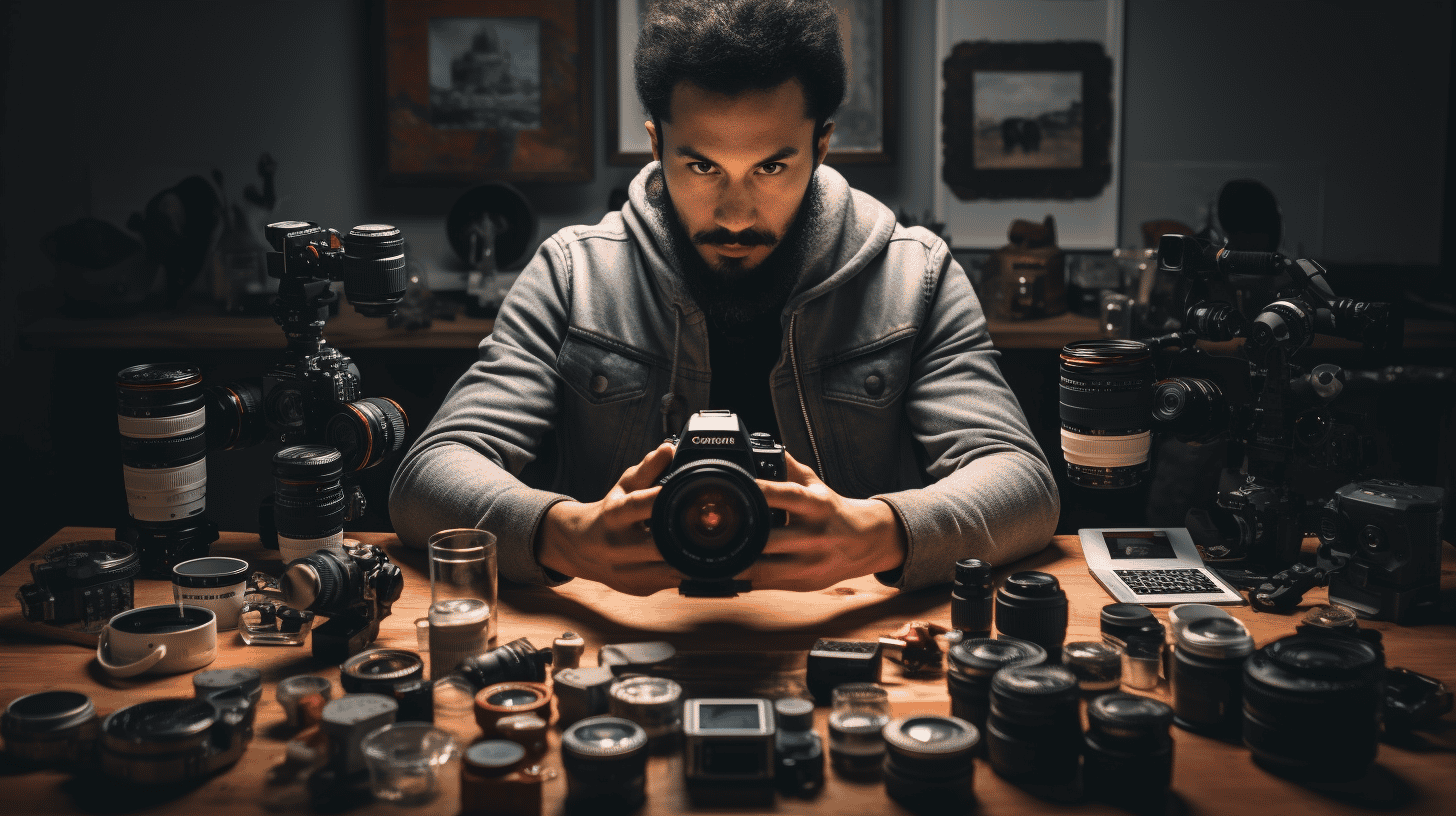Minimalist Product Photography: Clean Aesthetics
Introduction
In the ever-evolving world of e-commerce and marketing, minimalist product photography has emerged as a powerful way for brands to showcase products without distractions. By emphasising clean aesthetics, you let the product take centre stage. In this article, we’ll cover setup essentials, styling techniques and advanced tips to help you craft stunning minimalist images that resonate with your audience.
Understanding Minimalist Product Photography
Definition and Key Characteristics
Minimalist product photography strips away clutter to highlight your product. Key traits include:
- Clean backgrounds: Usually white or neutral—see our White Background Guide.
- Limited props: Only the essentials that complement the product.
- Focused composition: Simple framing to draw attention to key features—learn more about the Rule of Thirds.
Benefits of Minimalism
- Enhanced visual appeal: Striking, memorable images.
- Improved engagement: Viewers focus directly on the product.
- Higher conversion: Clarity breeds confidence in buyers.
Common Mistakes to Avoid
- A cluttered setup—keep it simple.
- Poor lighting or composition—plan your shots carefully.
Creating a Minimalist Product Photography Setup
Essential Equipment
- Camera: DSLR or mirrorless with a sharp prime lens (e.g. 50 mm).
- Tripod: Ensures pin-sharp results—particularly in low light.
- Lenses: A 50 mm or macro prime gives pleasing depth-of-field.
Choosing the Right Background
A clean white backdrop is classic, but soft pastels or subtle textures work too. For tips on seamless backgrounds, visit our White Background Guide.
Arranging Your Workspace
- Declutter your area—store tools out of frame.
- Keep props minimal and organised.
- Ensure easy access to your lights and reflectors.
Minimalist Product Photography Lighting Techniques
Natural vs Artificial Light
Soft natural light from a window is ideal—position your setup as described in our Lighting Techniques Guide. If using artificial sources, opt for softboxes or LED panels to mimic daylight.
Light Modifiers and Reflectors
- Diffusers: Soften harsh beams and reduce shadows.
- Reflectors: Fill in shadows for an even exposure.
Creating Mood with Light
- Side lighting adds depth and texture.
- Front lighting delivers a flat, clean look.
- Adjust colour temperature to warm or cool the scene.
Product Photography Styling Tips
Selecting Props and Accessories
- Choose props that enhance, not overpower.
- Stick to a simple palette—neutrals or brand colours.
Composition Techniques
- Rule of Thirds: Position your product off-centre for dynamic balance.
- Negative Space: Leave breathing room around the subject.
Editing for Minimalism
Use Adobe Photoshop or Lightroom to enhance clarity and crop tightly. For step-by-step instructions, see our Minimalist Editing Tutorial.
Advanced Minimalist Product Photography Techniques
Experimenting with Angles
- Low angles lend drama.
- High angles provide context and intrigue.
Incorporating Movement
Subtle action—like a rotating turntable or a hand placing the product—can add dynamism while maintaining minimalism.
Case Studies
Brands like Apple and Muji excel at minimalist shots—study their product galleries to see how they balance simplicity and impact.
Conclusion
Minimalist product photography elevates your e-commerce imagery by focusing purely on the product. With thoughtful equipment choices, lighting setups, composition and styling—and by avoiding clutter—you can create clean, compelling visuals that drive engagement and sales. Ready to simplify your shoots? Declutter your workspace, set up your lights, and start capturing minimalist masterpieces today!
Frequently Asked Questions
Q: Do I need an expensive camera for minimalist shots?
A: A mid-range DSLR or mirrorless with a sharp prime lens is sufficient; good lighting and composition matter more than gear.
Q: How do I remove background distractions in post?
A: Use Photoshop’s Object Selection and Masking tools or Lightroom’s Spot Removal to clean unwanted elements.
Q: Can I shoot minimalist photography on my phone?
A: Yes—use a clean backdrop, natural light and a steady mount or tripod adapter to get professional-looking results.
Q: What’s the best background colour?
A: White is classic and versatile, but light grey or soft pastels can add subtle character while keeping the focus on the product.




0 Comments